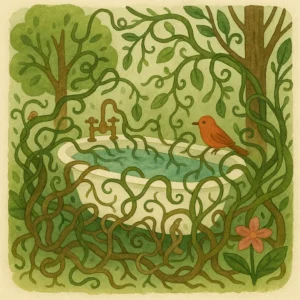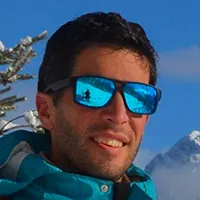
What is a forest bath?
Shinrin-yoku was born in Japan in the 1980s. Faced with rising work-related stress and burnout, a simple response was proposed: walk slowly in the forest, with no goal, to soothe body and mind.
Not a therapy, not a belief, but a public-health practice. Studies quickly confirmed its physiological effects. The term means “forest bathing”: a sensory immersion in the woodland atmosphere, with no effort or performance required.
The idea then spread to Korea, Europe, and beyond—without ever losing its essence: slowness.
What is a forest bath, concretely?
- A walk with no destination
You enter the forest without aiming to get anywhere. No distance to cover, no peak to reach. You move slowly, sometimes stop, sometimes stay in one spot for a long time. It’s not about moving—it’s about being there. - Open attention
The body does the filtering. You start to hear things: the smell of humus, the rustle of leaves, the light on a branch. Thoughts thin out. The senses take more space than ideas. You’re not trying to understand—just to perceive. - Time without expectation
There’s nothing to achieve. It’s not a technique or an exercise. You simply let the forest work, quietly. Most of the time, it does.
What it is not
- Not a hike
You’re not walking to burn calories or to go from point A to point B. No pace to maintain, no performance. You might move for ten minutes and sit for an hour. Movement is secondary. - Not a therapy
No protocol, no diagnosis, no promise of healing. Forest bathing can soothe, yes, but it doesn’t replace medical care or deep personal work. It’s support, not a cure. - Not a “tree therapy” session
There’s no attempt to “communicate” with trees or draw energy from their roots. No ritual, no symbolism. Forest bathing asks nothing; it simply offers a quiet setting where you let the living world move through you.
How to begin, simply…
No need for a course or special gear.
You don’t even have to plunge into a remote nature reserve. A nearby wood, a tree-lined path, even a large, slightly wild park is enough. The key is choosing a time without pressure, distraction, or screens. Walk slowly. Let sensations arise. Listen, breathe, pause.
Start with an hour. No objective. Just see what it feels like to do nothing in a living place. The rest comes on its own. The forest takes care of the rest if you give it a little space.



Your comments and questions